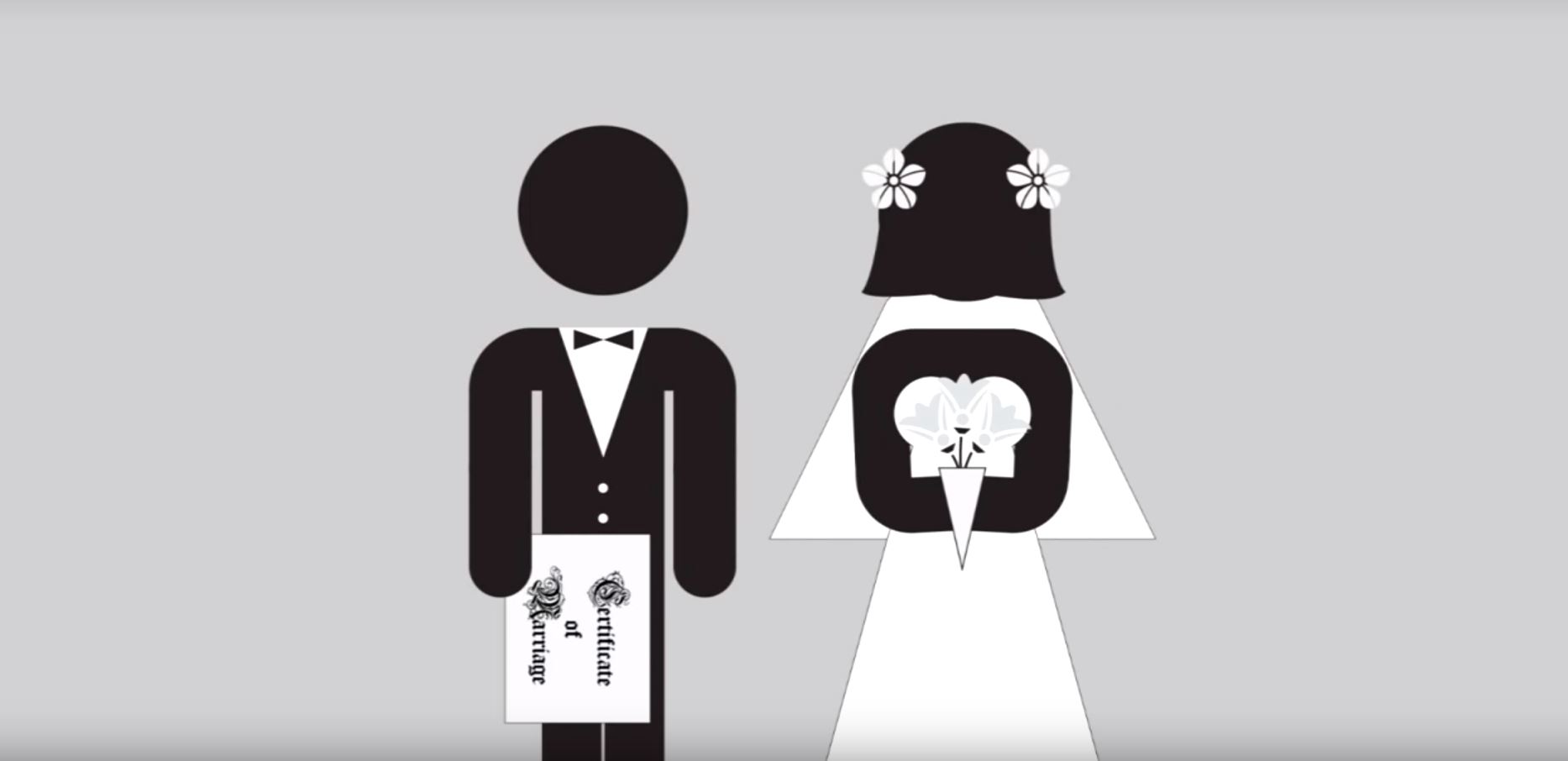Natural Fertility is Just an App Away

It’s now over 50 years since the publication of Humanae Vitae – one of the more controversial Vatican documents in recent history. This letter, addressed to all Catholics, reaffirmed the Church’s opposition to the use of contraception.
The document was published at a time (1968) when hormonal contraceptives were newly available. Catholic couples mostly used the Rhythm Method (which was not very effective, but considered moral) or barriers or withdrawal (also not very effective but not considered moral). Today, modern Fertility Awareness Methods (FAMs) enjoy effectiveness rates comparable to the Pill but are largely bypassed the general population, Catholics included.
Prior to publication there was also a general expectation that Pope Paul VI would follow the lead of the Anglican Church, which in 1930 had approved the use of contraception by married couples. He didn’t. Instead he carefully outlined the reasons why contraception undermined the sacred meaning of marriage but the headlines were enough for many who stopped attending Mass in protest.
Anyone actually read the document?
Most people, Catholics included, have never read the document and thus don’t really understand its many worthy insights. As frustrating as this is, the fact is we are losing this battle on this issue to the culture.
At least we were.
For almost fifty years, Fertility Awareness (also known as Natural Family Planning) has been something only those ‘poor, oppressed Catholics used’, along with the tree-hugging hippies with their lunar cycles and recycled paper charts. No sensible-minded person would trust something as important as their birth control to such ‘primitive’ methods. Or so the thinking went.
As long-time users and advocates of FAMs, we used to challenge this thinking by pointing out that modern Fertility Awareness Methods were grounded in high quality science and were as effective in avoiding pregnancy as the contraceptive pill and considerably better than barrier methods.
But it was just the perceived unreliability that made people disdain FAMs; it was the belief that they were just too hard. Too hard to understand. Too hard to learn. Too hard to apply – especially that abstinence business.
Yet something is happening that is flipping this all around.
The Fertility Tech Revolution
The technology that almost every person over the age of ten carries in their pocket is now making it EASIER to understand, learn and apply FAMs. We kid you not.
If you have an iPhone, open up the Health App that comes standard with purchase. That’s the app with the little pink heart on a white square. Scroll down the menu system to ‘Reproductive health’. Take a look around. Be amazed. If you have a Fitbit, you can do the same in the Fitbit app.
This is not just a period tracker, something women and girls have been doing for millennia. Discretely coded in our diaries, these records were our attempt to anticipate the arrival of ‘the flow’ so that we weren’t caught unawares.
The Health App is more than this. It’s a full-blown Fertility Awareness record with the capacity to be linked to some of more than one hundred dedicated fertility awareness apps in the app store. Some of the apps just make it easy for a woman to record her data, some even interpret it for the user.
Moreover, the connected device market is exploding with everything from Bluetooth thermometers, to urine dipstick readers, to wearable devices that make monitoring your fertility status faster and easier.
Fertility Awareness just went mainstream
What we are witnessing is the mainstreaming of fertility awareness. And it’s happening without the Church driving it or even being aware of its significance.
FAMs are no longer the exclusive domain of conservative Catholics and alternative life-stylers. Their hard earned research on fertility is the low-hanging fruit on the information revolution tree and the inheritance of the digital generation.
The battle of course is not yet won. Most of the apps are not framed in the moral perspective of Catholic teaching with many of them advocating the use of barrier methods during the fertile window, rather than abstinence. Some enable the use of artificial insemination and other practices considered immoral by the Church.
But here’s the thing about morality – the ‘laws’ the Church provides are not random. They are a faithful interpretation of God’s will for our lives; an interpretation that has literally been discerned over millennia.
If we believe that God loves us and will only ever seek the best for us, we have to believe that God’s laws are for our ultimate benefit. Even the hard ones and especially the counter-cultural ones.
That means that God, through his church, will sometimes ask us to take the road less travelled.
The Road Less Travelled
Fifty years ago the Church spoke boldly into a world that demanded the easy road, and many Catholics along with everyone else stampeded for it. Today, without even realising it, the world is catching up to the methods that were lovingly researched by Catholic doctors and scientists who responded to Pope Paul VI’s call to develop moral means of birth regulation.
This is surely good news! It opens the door for a renewed evangelisation effort enabled by modern technology. Which is one reason why we are so excited to offer an online course for couples to learn how to use FAMs and integrate them into their life.
Being Catholic will always require some measure of self-sacrifice and counter-cultural living; our faith often calls us to take the road less travelled. Fortunately for our generation, the fertility awareness road is now a lot less lonely.
PHNjcmlwdCB0eXBlPSd0ZXh0L2phdmFzY3JpcHQnIGFzeW5jPSd0cnVlJyBzcmM9J2h0dHBzOi8vYXBwLm9udHJhcG9ydC5jb20vanMvb250cmFwb3J0L29wdF9hc3NldHMvZHJpdmVycy9vcGYuanMnIGRhdGEtb3BmLXVpZD0ncDJjMTI4ODIzZjg3JyBkYXRhLW9wZi1wYXJhbXM9J2JvcmRlckNvbG9yPSNmZmYmYm9yZGVyU2l6ZT01cHgmZW1iZWQ9dHJ1ZSZmb3JtSGVpZ2h0PTI2OCZmb3JtV2lkdGg9MTAwJSZwb3BQb3NpdGlvbj1tYyZpbnN0YW5jZT1uNjk1NjE2NjM2Jz48L3NjcmlwdD4=





Thank you for this article – as a Catholic (and a bit of a tree-hugging hippy) it is good to know that what is good for us according to natural law – is good for everyone.